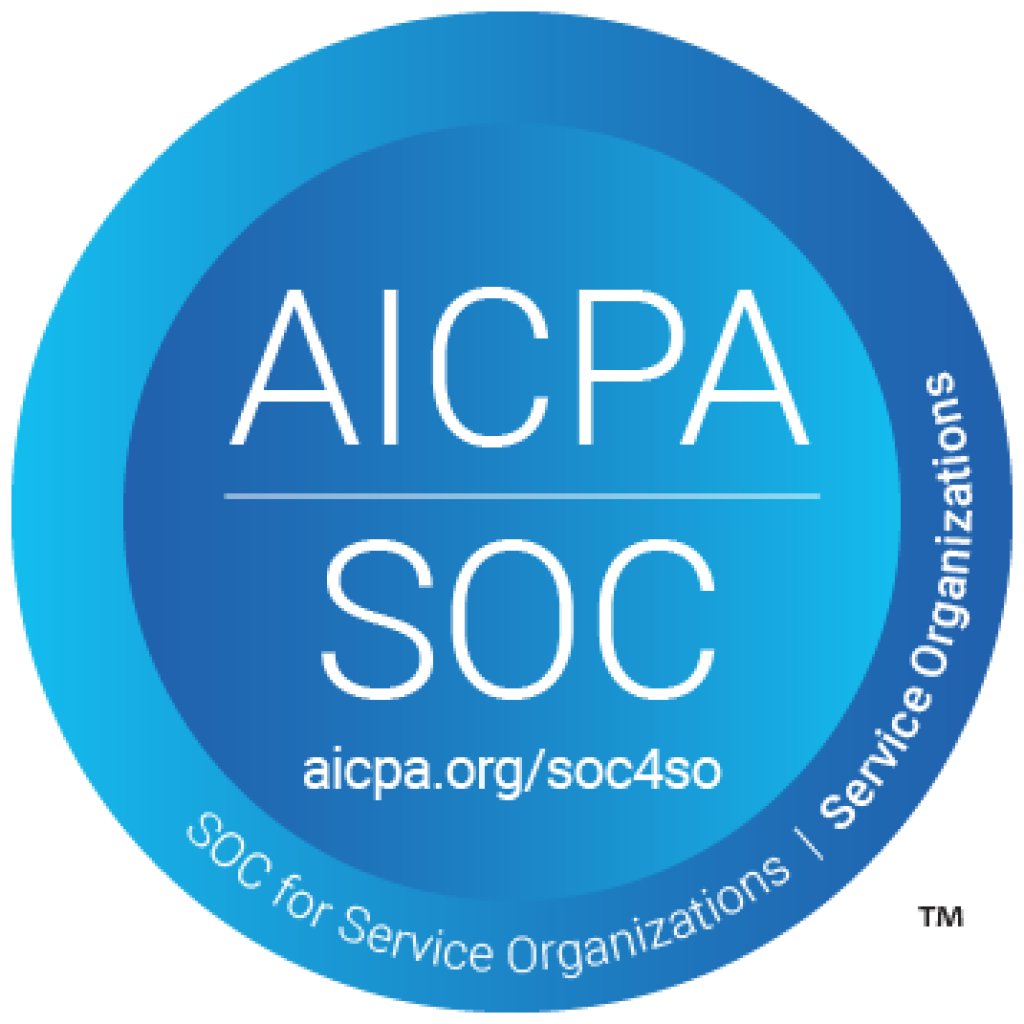Best Practices When Guiding Your Staff Through Change
Heraclitus, a Greek philosopher, said: “the only constant in life is change.” Change is inevitable, especially in a business that keeps up with evolving regulations, guidelines, and customer preferences. In the healthcare industry, things can change fast, especially during a pandemic. Instead of trying to avoid change, you can adjust your focus to embrace the opportunity within the workplace.
Change can be a challenge for an entire staff. Not only do managers and supervisors carry the burden of implementing new procedures, but employees also feel the pressure of these new requirements. For change to be successful, the shift needs to start within the people, then reflected in the organization.
How to Promote a Culture of Change
Here are a few best practices you can use to promote a culture of change in your office:
- Make it a Team Effort: When employees are involved in the change process, they feel ownership and connection to the new procedures. The sooner all employees are involved in this shift, the better things will turn out in the long run.
- Communication is Key: If people feel like they are left in the dark about the changes occurring, it creates a disconnect with the team. Maintaining open communication channels is a critical step to engage all staff members in this process. Top-down communication is standard, with managers telling staff members about the new initiatives. But don’t overlook the importance of bottom-up communication as well – give employees a chance to share their feelings and concerns.
- Embrace Decision Making: When change is on the horizon, decision-making can be the choke point that stops a team from moving forward. Be transparent in the situation, and be willing to make decisions quickly, so you don’t slow the team’s progress.
- Set Appropriate Levels of Expectation: One common problem with change is when the team doesn’t engage with the new process or initiative. It’s easy to stick with old habits and patterns, resulting in stagnation in the office. When change occurs, it’s essential to set clear expectations regarding how employees should carry responsibilities in these new circumstances. If needed, set performance goals and check-ins, with an opportunity to provide additional training for employees who need the support.
- Be Flexible and Firm at the Same Time: Stand your ground with these changes – you shouldn’t approach this new initiative with “one foot in and one foot out.” Staying firm with the new program shows the team that you are serious about the situation. Maintaining this new path is also crucial, to protect your credibility as a leader in the office. At the same time, a bit of flexibility is needed to evaluate the team’s needs. You will likely encounter new situations where adaptations need to be considered.
- Stay Positive about the Future: The attitude you bring to the team will set the tone for the way everyone implements these new changes. If you want to promote a positive company culture, it starts with the way you act and talk. The best approach to improve the results is to stay enthusiastic and positive about the benefits of the future. Look for ways to keep yourself motivated, so you can foster this motivation in others as well.
Even though change can be uncomfortable, it often leads to better solutions and improved systems. For example, switching to a new software system can be a challenge, but the long-term benefits are worth it. Lean into the discomfort now to be sure that you are prepared for the future with an organized, streamlined system.




